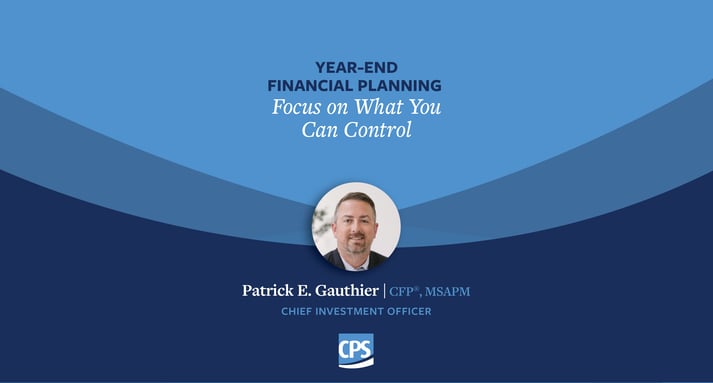Dividends and Buybacks | The Dual Pillars of Smart Investment Strategies
"Pay yourself first;” this principle is a cornerstone of sound financial planning. You've likely encountered this advice, and if you've acted on it swiftly, you're on a solid path to achieving your financial goals. This approach ensures you allocate funds to your priorities before other expenditures can emerge. However, does your investment strategy mirror this philosophy? Are your investments consistently rewarding you for your capital usage?
Let's delve into dividends, a critical mechanism through which managers return capital to shareholders. Dividends not only compensate shareholders for their investment but also provide a steady income stream without the necessity of liquidating shares. Moreover, a history of progressively increasing dividends typically indicates competent business management. Dividend strategies are meticulously maintained because once this income source is initiated, no management team wants to be responsible for discontinuing it.
Nevertheless, the effectiveness of dividends hinges on their capacity to combat inflation. The real value of an income stream depends on its purchasing power. Fortunately, historical data is reassuring; the dividend growth rate for major U.S. companies has consistently surpassed inflation since the 1940s. Even in 2022, amid some of the highest inflation rates in decades, dividend growth in the S&P 500 reached approximately 10.64% according to Standard & Poor’s. In 2023, dividends rose another 6.5%, further outpacing the Consumer Price Index’s (CPI) 3.4% rise. It's important to consider the cumulative effect of inflation, which can erode purchasing power over time. Unlike temporary price fluctuations, price levels tend to stay elevated after consecutive years of high inflation, making it unlikely for them to revert to previous lows. This reinforces the importance of a robust dividend policy, as consistent and increasing dividends play a crucial role in maintaining the real value of shareholder returns despite economic pressures that might tempt companies to redirect funds.
Beyond dividends, companies can also return profits to shareholders through share buybacks—a strategy that has become increasingly prevalent over the past two decades. Unlike dividends, buybacks involve the company purchasing its shares from the marketplace, which benefits remaining shareholders by increasing their ownership percentage. This method also enhances financial metrics such as earnings per share, since the profit is divided among fewer shares. Furthermore, share buyback programs offer management greater flexibility regarding the timing and amount of capital expenditure, and altering these plans typically attracts less attention than reducing dividends.
For most investment managers, a balanced approach utilizing both dividends and share buybacks is optimal, combining the reliability of dividends with the flexibility of buybacks. When discussing your portfolio, it's crucial to consult with your fiduciary advisor to understand how your investments are structured to not only preserve but grow your income. This strategy ensures that your financial planning principle of "paying yourself first" extends effectively into your investment decisions.







